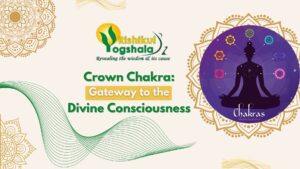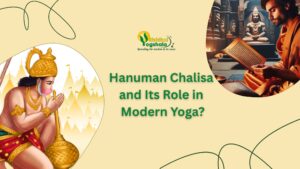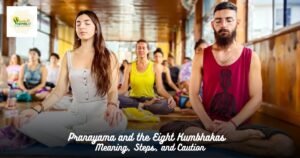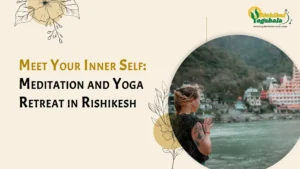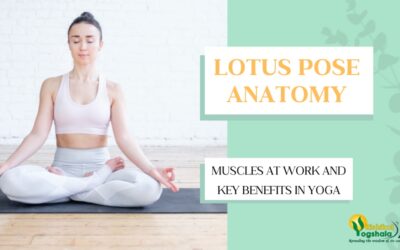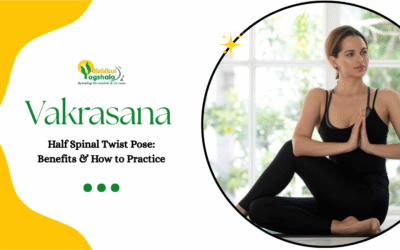Natarajasana, known as Dancer Pose, is graceful, strong, and a beautiful gift of yoga. The word is derived from the Sanskrit, Nata meaning dancer, Raja, king or lord and Asana poses. It is referred to as the Natarajasana in Hindu sculpture and literature. In Hindu mythology, this dance is a creative energy of the cycle of time (as in creation and destruction). It is believed that Lord Shiva does the destruction for creation & recreates the creation.
In yoga, that same idea of dynamic balance is captured by Natarajasana. Backbend and heart-opener, this standing balance is a practice in and of itself and with all that is happening at once, it is by no means an easy one, but it is one of the most satisfying. It requires concentration, strength, flexibility, coordination, and grace, which is why it is frequently considered a metaphor for the union of effort and release.
Practising Natarajasana regularly can greatly enhance both physical fitness and mental stability. It works on your muscles and shape, as well as flexibility. All the while it builds patience hones attention, and spreads a feeling of inner peace and stillness — skills that bear stretching off the yoga mat into the rest of our lives.
Sanskrit Name: नटराजासन
Pronunciation: Not-ah-raj-ahs-anna
Pose Type: Backbend and Standing Balance Pose
Also Known As: Dancer Pose, Lord of the Dance Pose
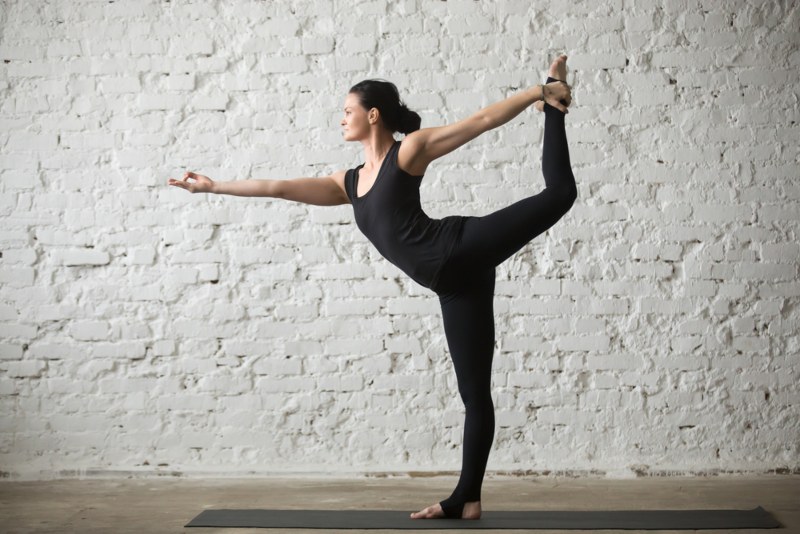
Benefits of Natarajasana
The benefits of a regular practice of Natarajasana are manifold. This is how this position helps in maintaining the overall health:
1. Improves Balance and Stability
Dancer Pose is a balancing pose that improves your coordination and physical equilibrium. It teaches the mind to concentrate, and it can improve your focus.
2. Strengthens the Lower Body
The standing leg has to work quite a bit to maintain balance, which involves all of the muscles in the thighs, calves, ankles and hips. This works out a firm lower body as time goes on.
3. Opens the Chest and Shoulders
It is a variation of natarajasana, which is also a very gentle backbend that opens up the chest and strengthens the back, helping to correct the posture and relieve any upper body tightness. This may work very well for people who sit for long periods or remain on electronic devices for extended periods.
Also Read: Uttanpadasana (Raised Legs Pose): Steps, Benefits & Contradictions
4. Increases Flexibility
It stretches the quads, hip flexors, belly, and shoulders, keeping these hard workers flexible. It’s a wonderful warm-up to backbends.
5. Enhances Core Strength
Because you’re balancing in Natarajasana, you’re engaging your core, which will cinch and tone the abdominal region and encourage proper spinal alignment.
6. Boosts Energy and Vitality
One of the best heart openers, Natarajasana opens up the entire body by circulating energy, preventing fatigue and encouraging rejuvenation, feeling light and full of vitality.
7. Promotes Focus and Mental Clarity
Since the pose demands intense concentration, it soothes the mind and focuses the lens of attention, making it beneficial for mental health and mindfulness.
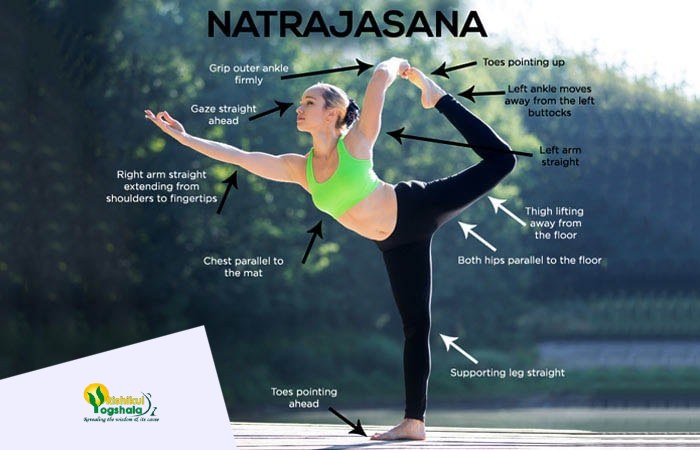
How to Practice Natarajasana
Make sure to warm up the body before trying this pose, especially the legs, hips and shoulders. Here’s what to do to work on that familiar Natarajasana safely and effectively:
Step 1: Begin in Tadasana (Mountain Pose)
Begin with a strong base and get grounded. Your feet, hip-width apart, make a stable base. You are conditioning yourself physically (and mentally) to strengthen through the legs and lift the spine erect with the shoulders released, to become a balance and alignment point.
Step 2: Shift Your Weight to One Leg
Concentrate and shift your weight onto your right foot. Actively engaging the musculature of your standing leg gives you the strength and stability to stay balanced as you come into the pose.
Step 3: Bend the Left Knee and Grab the Ankle
Bend your left knee slightly towards your mat and reach your left hand down behind you to hold onto the inside of your left ankle. This movement opens the front of your thigh and hip as it assists you in learning the backbend. Chest up and shoulders neutral.
Also Read: AcroYoga Meaning, Technique, Benefits, Poses and More
Step 4: Extend the Right Arm Forward
As you root your other hand to the ground, reach your right hand out, lunging it forward, right arm at shoulder level. This extension provides balance and focus, and a counter-stretch that stabilises the position.
Step 5: Lift the Left Leg Up and Back
Inhale and press your left foot hard into your hand, lifting your leg up and up. As you do, arch your back a bit and lift your chest. That is the signature arc of the Dancer’s Pose: strength with grace.
Step 6: Maintain the Pose
Gaze at a drishti, or focal point, on the floor in that direction to steady yourself. Keep the pose still, breathe deeply and smoothly. Remain for 15–30 seconds or longer if you are comfortable; you should feel the stretch in your chest, legs, and shoulders.
Step 7: Release and Switch Sides
Gradually lower your raised leg, and releasing your hand, come back to Tadasana by keeping the leg under control. Exhale, breathe and get ready to do the moves on the other side so you are even and symmetrical in your practice.
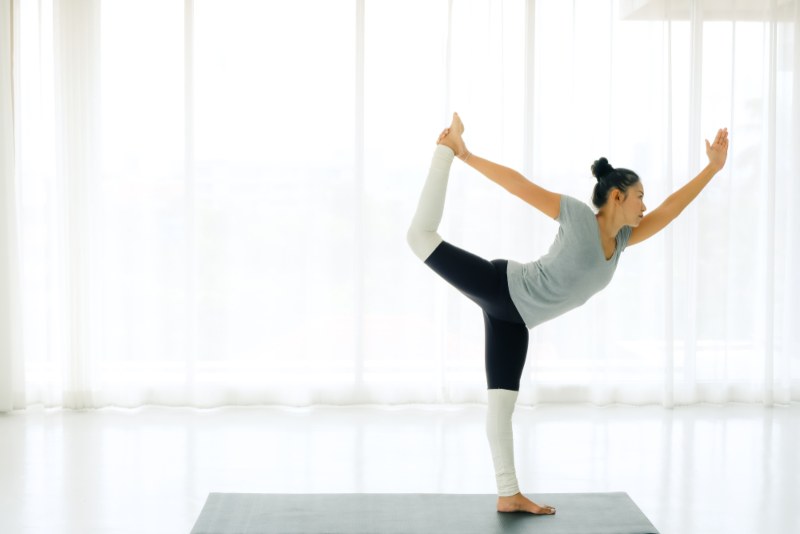
Anatomy of Natarajasana
The anatomical detail of Natarajasana can assist practitioners in safely executing the pose.
Muscles Strengthened:
Quadriceps: These muscles support the leg which is in standing and help keep balance.
Hamstrings: Stabilise the lower body.
Gluteal Muscles: Help you to have balance and posture.
Central Muscles: Tense to stabilise and keep the body straight.
Back muscles: Tone them as you raise and curve the spine.
Muscles Stretched:
Shoulder and Chest: Open through the back.
Trunk and Thorax: elongated with extension of the spine.
Hip Flexors and Quads: Stretched as the extended leg stretches back.
Back: Feels a slight stretch and support.
By addressing, the anterior and posterior chains of the body, Natarajasana is beneficial for developing muscle balance and functional mobility.
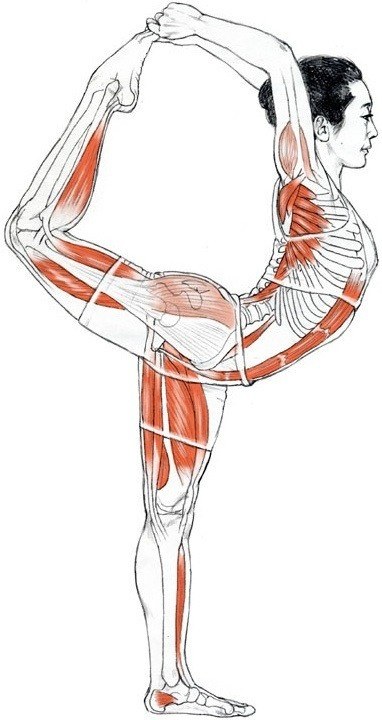
Contraindications of Natarajasana
Natarajasana has dozens of advantages, but it isn’t for everyone. The pose should be approached with caution or avoided by individuals with certain health conditions.
1. Lower Back Pain or Injury
This posture is a backbend, and it can exacerbate any existing lower back problems. Practice this under the guidance of a yoga therapist or physiotherapist.
2. Shoulder Problems
Doesn’t have the same range of motion due to shoulder injury or flexibility issues. Shoulder Injury and Overstretching. If you find that going deep with your hand is a problem, then change the position.
3. Vertigo or Balance Disorders
As the pose requires immense balance, it is contraindicated for people with vertigo or balance issues unless you have props.
4. Knee or Ankle Injuries
Lower limb problems may be aggravated by the weight-bearing and stretching of Natarajasana.
5. Pregnancy
Please don’t do this pose during pregnancy as it is easy to slip over and could put unnecessary pressure on the abdomen and back.
6. High or Low Blood Pressure
Certain balancing and back-bending poses can sometimes have an impact on blood pressure. Always check with a healthcare professional before practising.
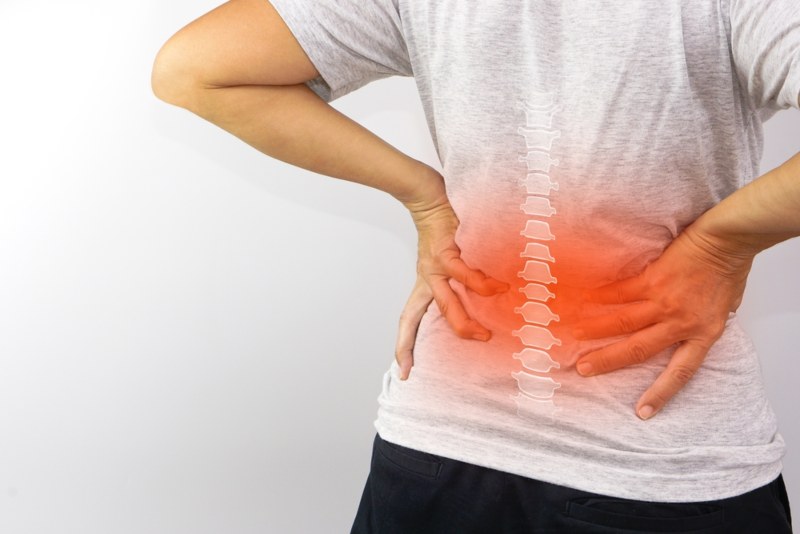
Conclusion
The Dancer Pose (Natarajasana) is a great, dynamic pose that embodies balance for both the body and the mind. This position encompasses strength, flexibility and focus and is beneficial to include in any yoga practice.
Whether you are a beginner just beginning to work on balance or a long-term yogi trying to take your backbend to the next level, Natarajasana can offer both challenge and reward. Remember to enter the pose with patience and consciousness, never forcing the body beyond its capacity and working gently and regularly over time.
As always with exercise, if you have any medical concerns or questions about your form, consult your doctor and a certified yoga instructor for advice.

Our Popular Yoga Teacher Training Courses
200 Hour Yoga Teacher Training in Rishikesh || 300 Hour Yoga Teacher Training in Rishikesh || 500 Hour Yoga Teacher Training in Rishikesh
Frequently Asked Questions (FAQs)
1. Is Natarajasana suitable for beginners?
Beginners, yes, beginner students can come into their version of Natarajasana with the support of a wall or chair. With time, balance and flexibility will get better.
2. What is the best time to practice Natarajasana?
Early morning on an empty stomach is best, but you may also do it in the evening when the body is warmed up.
3. How long should I hold the pose?
Hold this position for 15–30 seconds, for the first time. You can build up to 1 minute as your strength and balance improve.
4. What should I do if I can’t reach my foot?
Extend your reach using a yoga strap around the back of the ankle. Your flexibility will increase the longer you do exercises.




